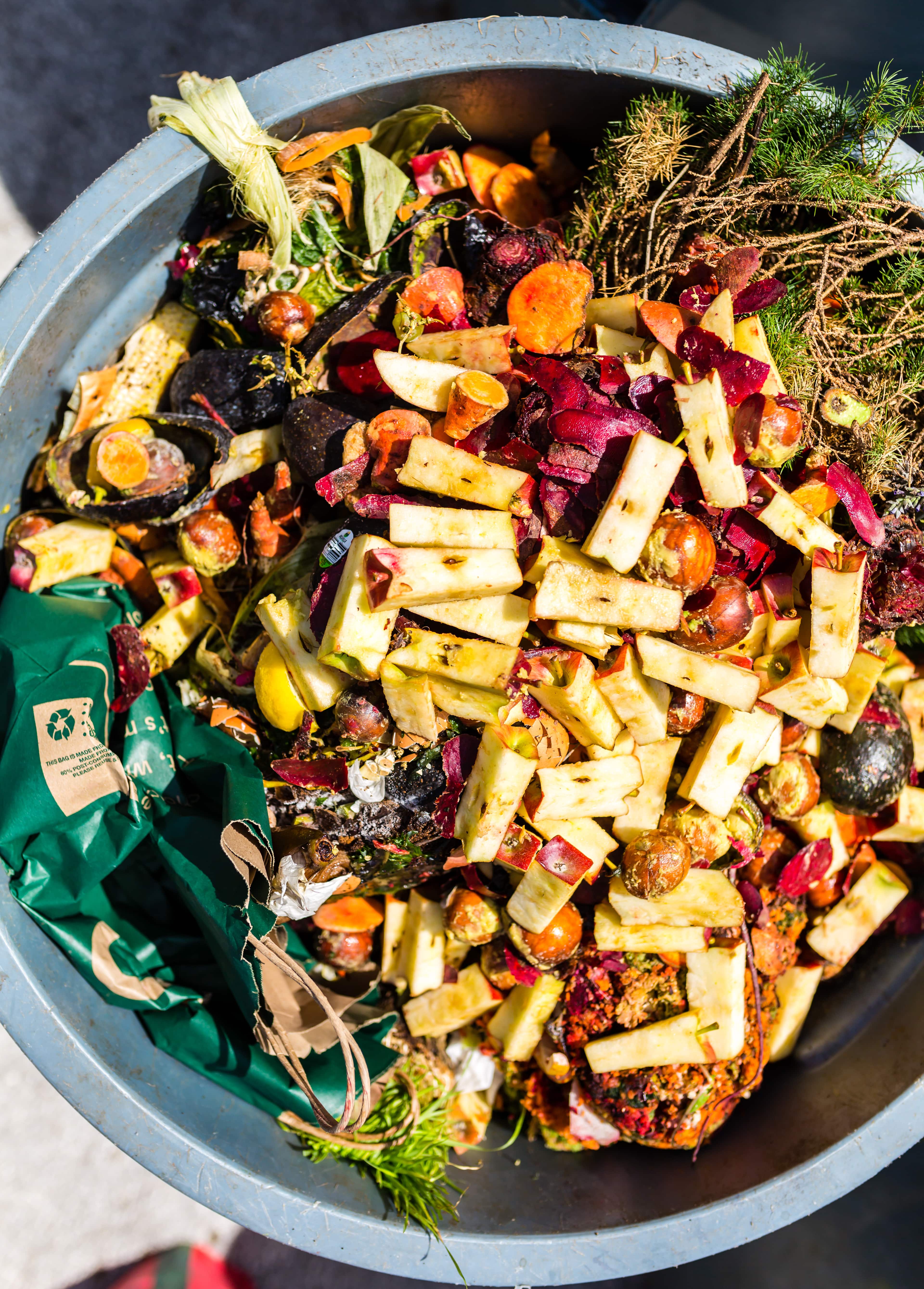
You just finished a banana. A food that comes in its own natural packaging – go you! You’re feeling great about your choice of sustainable snack. Now time to get rid of that banana peel. You think to yourself, “banana peels are natural, so they’ll biodegrade on their own. I’m trying to not make waste, but this will just decompose in the trash. So we’re good, right?!”
Wrong!
Contrary to popular belief, your banana peel won’t decompose in the trash.
Just because something is biodegradable, doesn’t mean it will properly break down when thrown in the garbage. In order for an organic item to decompose properly, it needs oxygen. But because most landfills are so tightly packed to get in as much trash as they can, they squeeze out all the oxygen, making it nearly impossible for something like an orange peel, apple core or piece of paper to decompose.
So what’s the solution?
You have two options A) eat your banana peel or B) compost that sucker!
If you’re not too jazzed about eating seeds, stems, pits and peels (it’s cool, not many people are), compost is your best bet.
But before we dive into everything compost-related, let’s first talk about food waste.
Did you know that about 50% of all produce in the US is thrown away? Composting is a great sustainable option for organic, not-normally-eaten items like peels and stems, but it’s not just an excuse to “throw out food responsibly”. Set a goal to try and only use composting for the inedible stuff.
Here are a few tips:
- Take more frequent, smaller trips to the grocery or market. You’re less likely to waste food, or have fresh produce go bad if you’re only buying perishable items for the next day or so. Don’t forget your reusable bags 🙂
- Keep your fridge sparse. Avoid discovering a moldy, month-old zucchini in the back of your refrigerator, and adopt of rule of keeping all food visible at all times when in your fridge. This might mean avoiding using the produce drawers where we all know good produce goes to die, in favor of holding fruits and veggies in a big bowl on your shelf.
- Freeze it! If any of your perishable food items look like they’re on the verge of rotting, peel em’, chop em up, and freeze them for later. This is great for fruits and spinach for making smoothies, or veggies for a stir fry or roasting later on.
- Give away or donate items. Whether that means gifting your fresh produce to your next door neighbor before you leave town for a long vacation, or finding a local homeless shelter that accepts food donations, finding a way to make sure your perfectly good food gets eaten and enjoyed is a great way to minimize waste and feed someone you love, or someone in need.
Now, let’s talk about compost.
So what is compost? Compost is organic matter that has broken down through the process of being exposed to air and water, and creates a soil-like mixture that’s full of nutrients and is great for gardening, farming, landscaping and potting plants.
The process of composting is also beneficial to the environment because it keeps items out of landfills that don’t need to be there, which reduces the amount of methane emissions seeping into our air. Ps, methane is a greenhouse gas that heavily contributes to climate change – just saying.
The big takeaways: composting is a great practice because it keeps unnecessary items out of landfills, and helps to reduce methane gas emissions. Yeah compost!
How the heck you actually compost.
There are two different ways to compost: Commercial Composting + Backyard Composting.
In commercial composting, you collect the approved of compostable items and send them away to be composted by another facility or organization.
In backyard composting, you collect compostable items yourself (for most people, in their backyards…hence the name), monitor the composting process and then get beautiful compost to use throughout your yard and garden.
Let’s break them both down (pun intended) a little bit more.
Commercial Composting
How can I have access to commercial composting? Some cities offer composting services the same way they do trash or recycling, so first check with your local waste management facility to see if it’s something offered. Because composting isn’t as widely offered as something like traditional recycling, there might be a cost associated.
Other places to find commercial composting near you:
- Your local farmers’ market.
- Schools in your area.
- Here’s an awesome resource of a list of composting services in every state from the amazing zero waste blog Litterless.
- Your office! The building you work in might offer composting services.
- Google! A little search of, “composting services near me” will hopefully provide you with a plethora of businesses and organizations that provide both compost pick-up and drop-off.
What items are compostable in commercial composting? Depending upon the service provider, what is accepted will vary. But it’s pretty safe to expect that any commercial composting service will collect any plant-derived items like fruit and veggie stems, sticks, yard clippings, etc. Even paper-based (because paper comes from trees!) items like coffee filters, tea bags and napkins. Where commercial composting might vary is whether or not they also accept animal matter like chicken bones, dairy and pet waste. So be sure to read up thoroughly on your service!
Where do I keep my compostable items until they’re ready to be picked up / dropped off? Any large airtight container should do the trick to keep compost items safe to store in your home under your sink or in your pantry. Or keep items in a big bowl, paper bag or compost bag in your fridge or freezer to keep it from smelling or attracting bugs.
Whether you bring your compost to be dropped off or it’s picked up, transport it in a bag that is also compostable like a paper grocery bag, or specially-made compost bag.
Backyard Composting
What do I need to backyard compost? You need a place to build your compost pile. This could be a big empty trash bin or simply a small patch of your yard where you’ll collect items.
To compost properly you also need the components of green matter (fruits, veggies, grass clippings, etc.), brown matter (twigs, dirt, dead leaves, etc), water and air. Get this mixture, and you’re good to go!
What items are compostable in backyard composting? Any plant or animal based product is compostable, though it’s not recommended to compost meat, dairy or fish scraps at home. But anything else from your old bamboo toothbrush handle, to used matches, to hair from your What’s the process like and how do I maintain my backyard compost? It’s recommended to find a dry shady place outside to keep your compost pile or bin, but not too far from a water source like a hose. Wetting the pile, and stirring periodically with a shovel or pitchfork will also help the items to break down. It can take anywhere between two months to two years for items to fully break down. You can learn more about backyard composting here!
What can I use my homemade compost for? Compost is rich in nutrients and natural fertilizers so it’s great for gardening, landscaping and potting indoor plants. If you’ve got a plethora, grab a wheelbarrow and share some with a neighbor.
——
Have you started composting? What tips, tricks and resources have you found helpful?
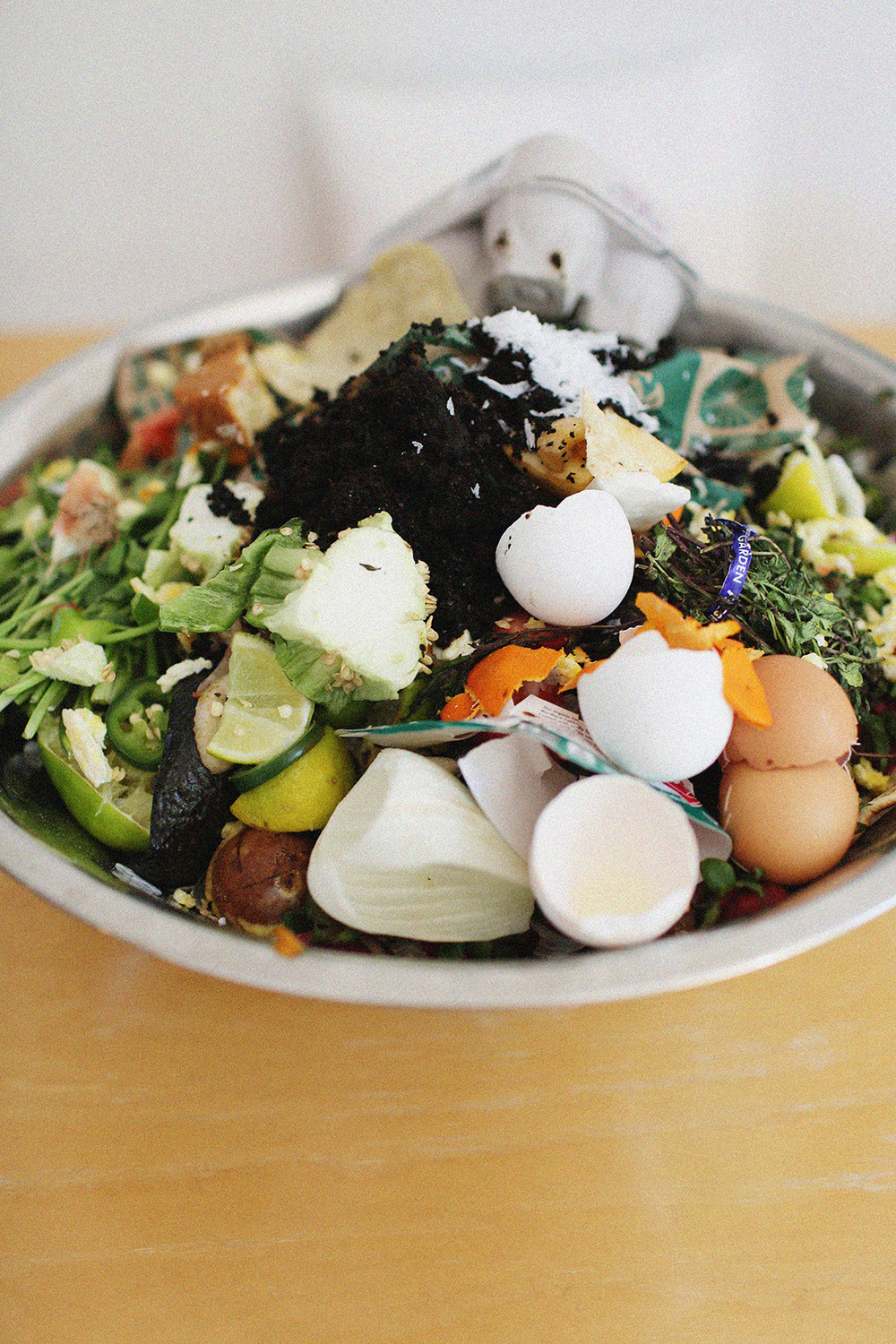
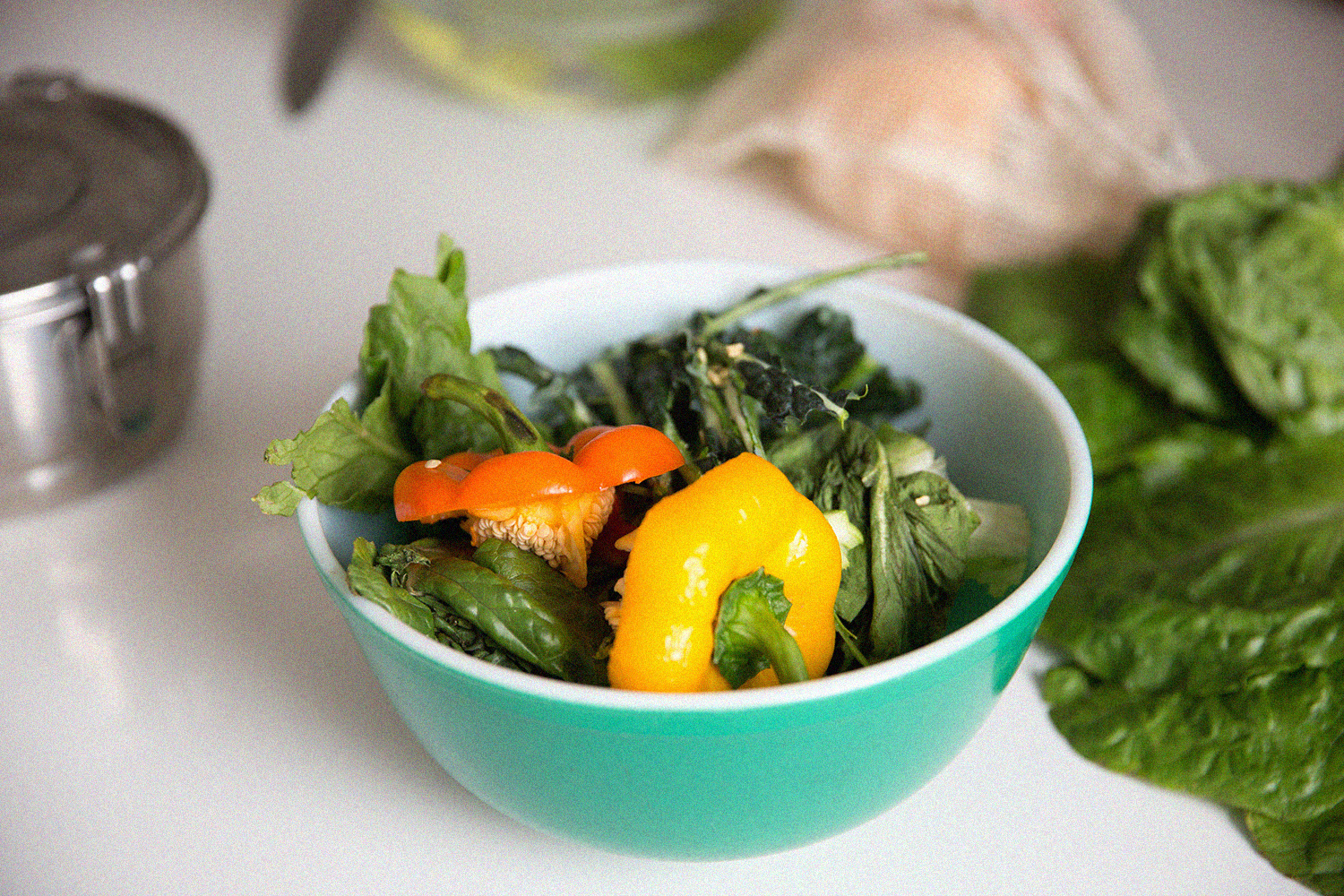
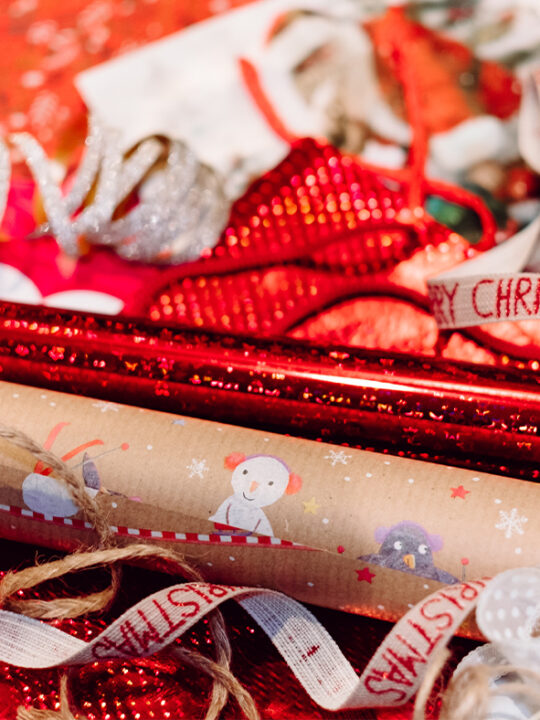

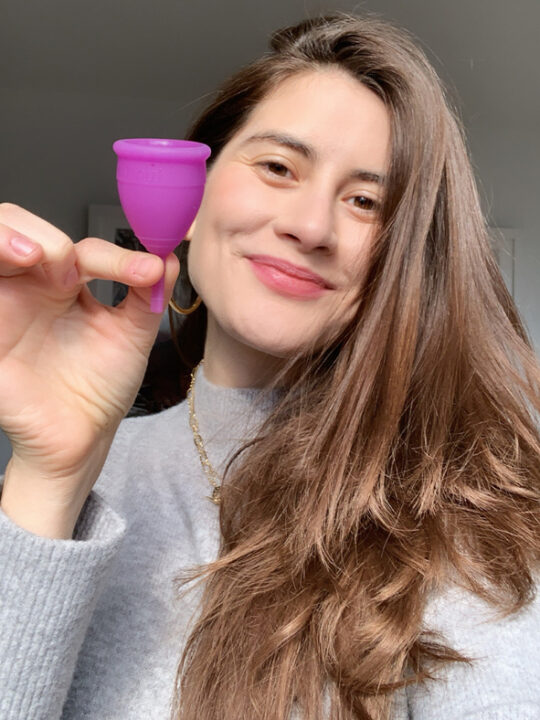
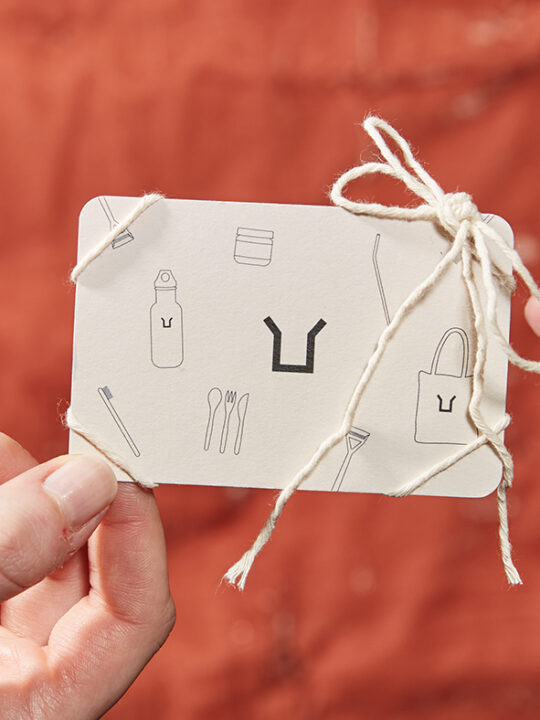
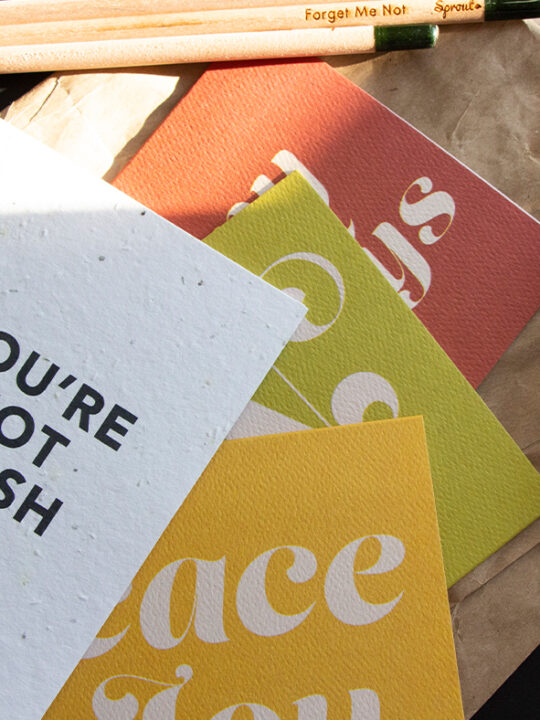
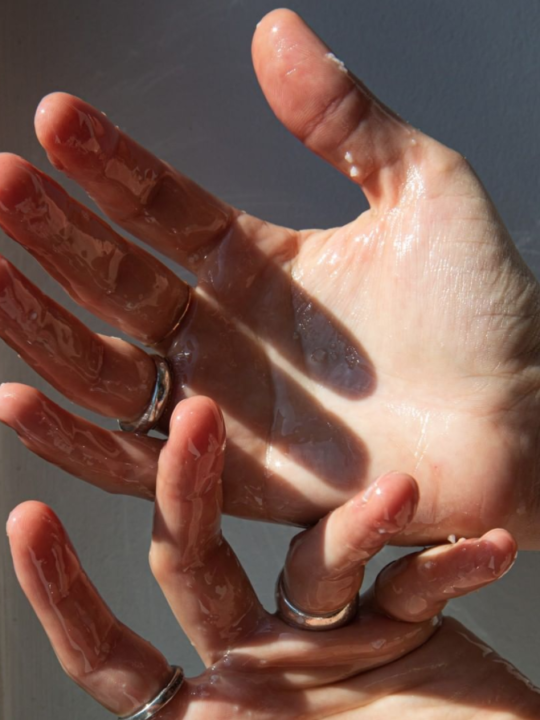
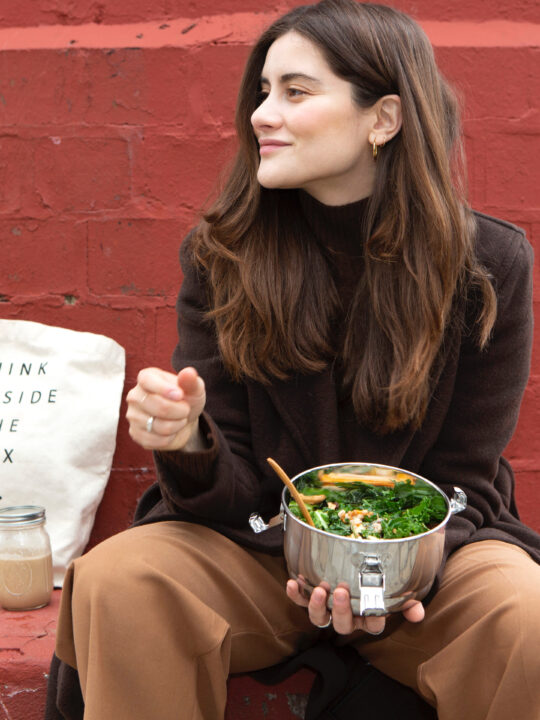
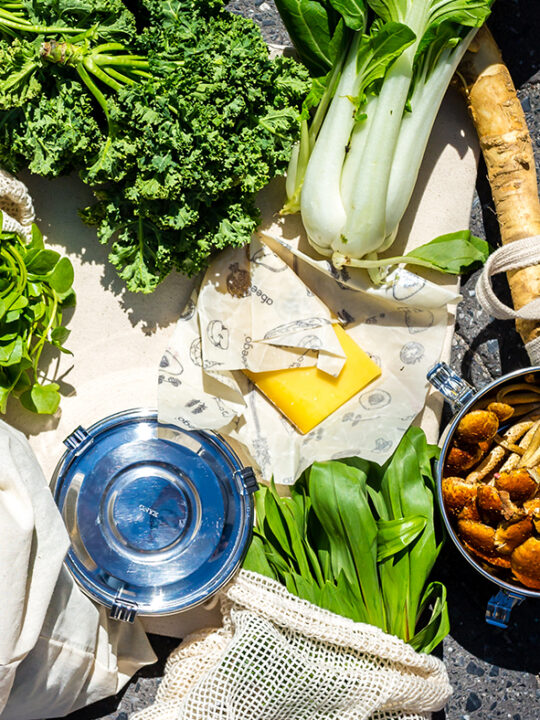
2 comments
Wow, this is very helpful. I’ll surely try backyard composting soon. 🙂
Love this so much!! Thanks for the thorough-yet-digestible breakdown. My wife and I have been maintaining a backyard compost pile for the past year or so, and it’s been really rewarding to fuel our garden with what would have just ended up in the landfill. Will definitely be sharing this with friends and family who are interested in composting!